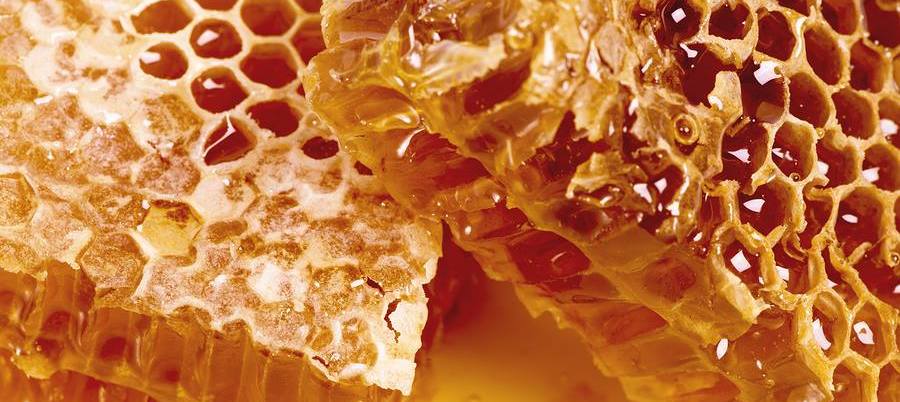The Asian Hornet threat in the UK
Posted on 9th October 2023 at 18:12
If wasps have no friends then the Asian Hornet is even less welcome. The Asian Hornet has been making its way through Europe from Bordeaux where it was first found in 2004. A native of Asia, as its name suggests, it is thought to have hitchhiked a ride in a consignment of pottery from China. Since landing it has made its home in Europe and began increasing it range.
The Asian Hornet - Vespa velutina
Sighting of the Asian Hornet began near Tetbury, Gloustershire in September 2016. The National Bee Unit (NBU), a division of The Department for Environment, Food and Rural Affairs (Defra) set up a three-mile (5km) surveillance zone. Defra said it had been anticipating the hornets' arrival "for some years" and had a "well-established protocol in place to eradicate them".
"Nicola Spence, from Defra, said: "It is important to remember they pose no greater risk to human health than a bee, though we recognise the damage they can cause to honey bee colonies. "That's why we are taking swift and robust action to identify and destroy any nests."
A Defra spokesman said, the hornet found in the Tetbury area had been killed and was undergoing DNA testing to establish how it arrived in the UK.
This was the situation at the first. There have been 62 sighting since 2016, 39 of them in 2023. The sighting are mainly along the south coast largely in Kent but also around Hampshire.
Click HERE for a link to the DEFRA page on Asian Hornet. The table shows activity for each year, where the nest or insect was found and the action taken.
I find there seems to be a correlation between the reports of Hornet and their location which, on the whole, are ports or near ports. Colleagues in Brittany suggest they have seen less (but still a big numbers) of Asian Hornet this year (2023) . They hypothesize that the strong weather patterns that gave Great Britain such a rubbish summer weather are also responsible for blowing Asian Hornet across the English Channel. Asian Hornet are strong flyers.
Asian Hornets colonies are similar to our wasp colonies in that they comprise of a queen that lays eggs, workers that collect food and raise the young and drones (males) Workers and drones present no threat to the expansion of the range of Asian Hornet. They are voracious feeders but cannot lay eggs. The threat lies in a fertile female hornet (a queen) arriving on our shores at the right time in the year. The normal life cycle of the queen is to set up a colony from scratch from which new queens will be produced later in the year. This is how the insect becomes established. A harsh winter may kill of some Queen Asian Hornet but some will survive to start a new founding colony the following spring.
So what does this blighter look like?
The Asian hornet is slightly smaller than our European hornet at 25mm (1 inch) for workers and 30mm (1 1/4 inch) for Queens. They are darker in overall colour than its European cousin with single yellow band on its dark body and brown eyes on its yellow-orange face and yellow legs. All hornets will fiercely defend their colonies so do not disturb their colony.


Why are they a threat?
The hornets hover outside the entrance to the bee hives (Its called Hawking) and as the bees fly out they catch the bee mid flight and kill them by biting off their heads. The bee carcass is then carried off to the nest to feed the young hornets. Wasps and Hornets are omnivorous which means a honeybee hive offers a great deal of high value food, it is not just the bees but the larvae and honey too. A single scout hornet, sometimes two or three, locate and cautiously approach the hive, producing pheromones to lead its nest-mates to the hive. The hornets can devastate a colony of honey bees; a single hornet can kill as many as 40 honey bees per minute due to its large mandibles, which can quickly strike and decapitate a bee. The honeybee stings are ineffective because the hornets are five times the size and too heavily armoured. When enough bees are dead they invade through the entrance of the hive and take the honey and larvae.
European Hornets and Wasps do much the same except that they are much less aggressive in the attack on the bee colony. Only a few Asian hornets (under 50) can exterminate a colony of tens of thousands of bees in a few hours. The hornets can fly up to 100 km (60 mi) in a single day, at speeds up to 40 km/h (25 mph).
Honeybee populations are swiftly declining across the UK due to various reasons such as loss of habitat, pollution and parasitic mites causing diseases, the arrival of this potential nemesis won't help.
The Non-native Species Secretariat, a group which focuses on invasive species in Great Britain, has told people to send a photograph and location details of the hornet sighting to alertnonnative@ceh.ac.uk
So what can we do about Asian Hornets?
As a member of the public your task would be one of surveillance. If you saw a large wasp like insect that was dark in colour except for a yellow head and legs, its would be fantastic of you to report your sighting. The easiest way to report a sighting is by way of the Asian Hornet Watch app. As soon as you open the app your camera is activated so you can quickly record a photo of the insect. The app records the location and sends the photo the Asian Hornet to the Centre for Ecology and Hydrology. The insect in the photo is identified and if a positive reporting of the Asian Hornet, a task force from the National Bee Unit is deployed to find the nest and destroy it. Samples of the hornets are taken to analyse their RNA to determine from which population they are derived.

There is a second thing you can see that shows Asian Hornet is or was present and that is their nest. The nest is made a form of paper in the same way as wasps, however these nest can be very large, think beach ball size. The hornet prefers to make their nest in tops of tall trees. As we go through the winter and the tree loose their leaves we may be able to spot an abandoned nest. Whilst this is too late to deal with the active colony, it is helpful in that we know that new Queen hornets will very likely be seen in the vicinity in the spring. It will trigger local beekeepers to deploy traps to capture new founding queen in teh spring time before they can establish a viable colony.


Honeybees are favourite food of Asian Hornets but they will take anything that is protein, wasps, bumblebees, butterflies, Solitary bees, hover flies, houseflies. They will take the meat or fish off your plate. Hornets and wasps just want easy access to protein sources to feed to their young. In areas where the Asian Hornet is very well established there are very few insects of any type as they all on the menu for Asian Hornets. This has a knock on effect for animals and birds that primarily feed on insects. Essentially they starve or move away. The lack of small birds means their predators suffer and so on up the food chain.
As the Asian Hornet app suggest, download the app where get your apps, it is free to use.
See it, Snap it. Be part of the action team against Asian Hornet becoming established in the UK.
Share this post:








